
We’re great supporters of the curious and the inquisitive, so when Melvin of Inquisitive Minds contacted us about doing an interview about our work, we leapt at the idea … well OK, it was more of an enthusiastic crawl, but in our heads there was definitely some leaping involved.
A big thank you to Melvin Pereira for inviting us to do this. An excerpt of the interview is below and the link to read it in its entirety follows.
[Q] Tell Us something about yourself.
Vishal: I’m Vishal Bharadwaj, but not that famous guy who makes those movies. I’ve been working since 2003 when I finally wrenched myself away from the clutches of Academia with most of my vital organs intact.
Samir: I’m Samir Bharadwaj, and I’m Vishal Bharadawaj’s brother. No, not the famous guy, the lesser known Academia wrestler. It’s sometimes difficult to make the distinction between when I wasn’t working and when I was, but I’d say since 1998 or so in various freelance capacities.
[Q] What do you Do for a living and Where?
Vishal: I’m a graphic designer, mostly web & identity design, with a healthy side of illustration. I work from home, which means that, yes, I do not have to dress up and go to work. Pants, in fact, are optional.
Samir: Graphic Design is the official version of what I do, but it does vary from web design to more traditional print design, to illustration and even writing when the need arises. Generally, design covers all of it. I also wear pants, most of the time. I leave the well ventilated artistry to my esteemed colleague.

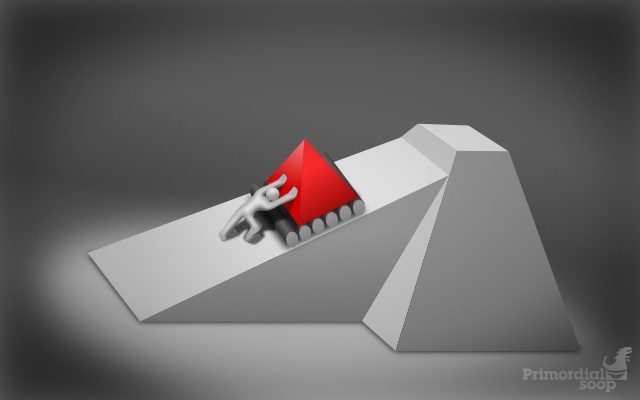

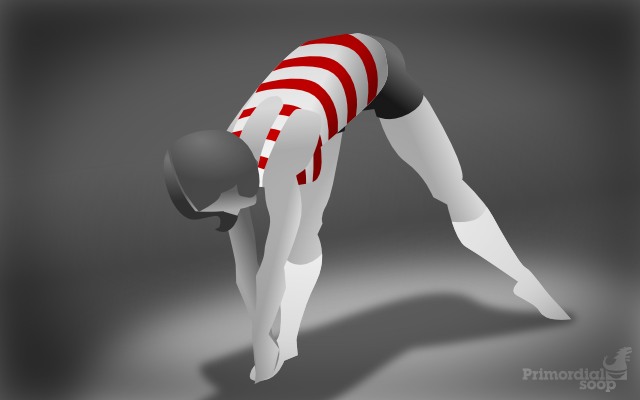
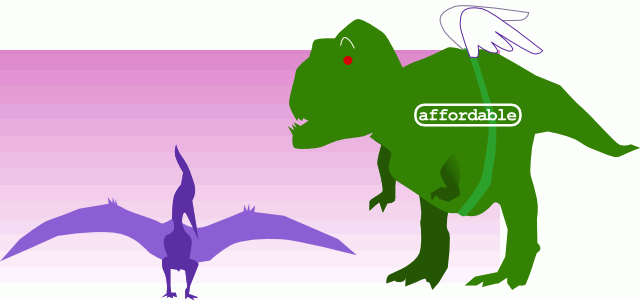

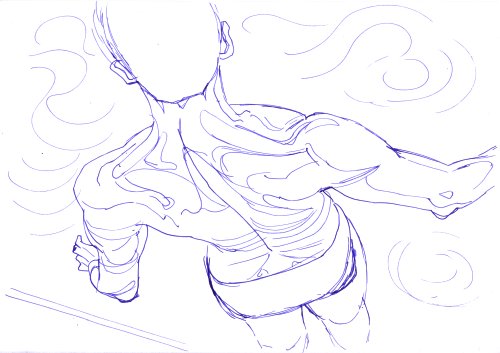
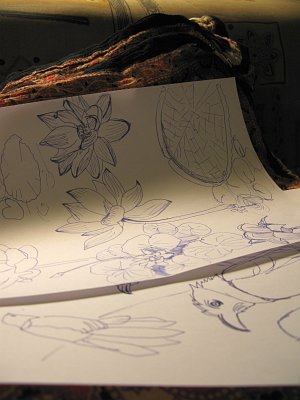 Design process and methodology is not as well-explored as anyone would like. The diligent designer tries to maintain a record of this process, and the intermediate steps that lead to a finished work, but such information is often lost in the growing need to organise and minimise in a busy life. The design student wishes more designers would share, so that they might gain an insight into the magic trick that is design. That ideal of clients who understands design, would like to see the method to a designer’s madness so as to evaluate their true competence and their thought process, which might or might not make them the perfect creative fit for a project.
Design process and methodology is not as well-explored as anyone would like. The diligent designer tries to maintain a record of this process, and the intermediate steps that lead to a finished work, but such information is often lost in the growing need to organise and minimise in a busy life. The design student wishes more designers would share, so that they might gain an insight into the magic trick that is design. That ideal of clients who understands design, would like to see the method to a designer’s madness so as to evaluate their true competence and their thought process, which might or might not make them the perfect creative fit for a project.